| Friday, November 19, 2021 | |
Artificial Intelligence and Robotics in Semiconductor Industry - The MADEin4 Initiative |
|
| 10:00 | Opening remarks, Marek Kysela, SEMI Europe |
| 10:05 | Go Faster for Process Deviation: Fast Errors Detections on Large Surfaces Using Ellipsometry |
Jean-herve Tortai, Permanent researcher, Univ. Grenoble Alpes, CNRS, CEA/LETI Minatec, LTM Go Faster for Process Deviation: Fast Errors Detections on Large Surfaces Using Ellipsometry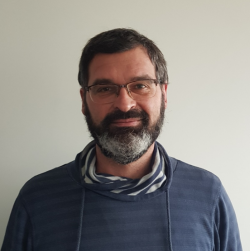
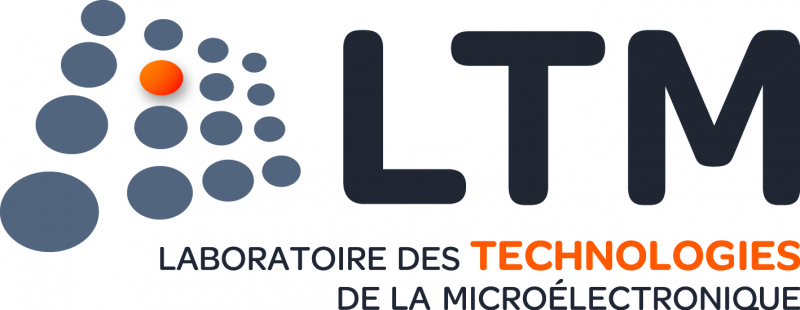 Abstract Biography |
|
| 10:30 | Digital Twin methodology for energy modelling and management of body and assembly shop floors |
Giulio Vivo, Senior Researcher, Centro Ricerche FIAT S.C.p.A. Digital Twin methodology for energy modelling and management of body and assembly shop floors
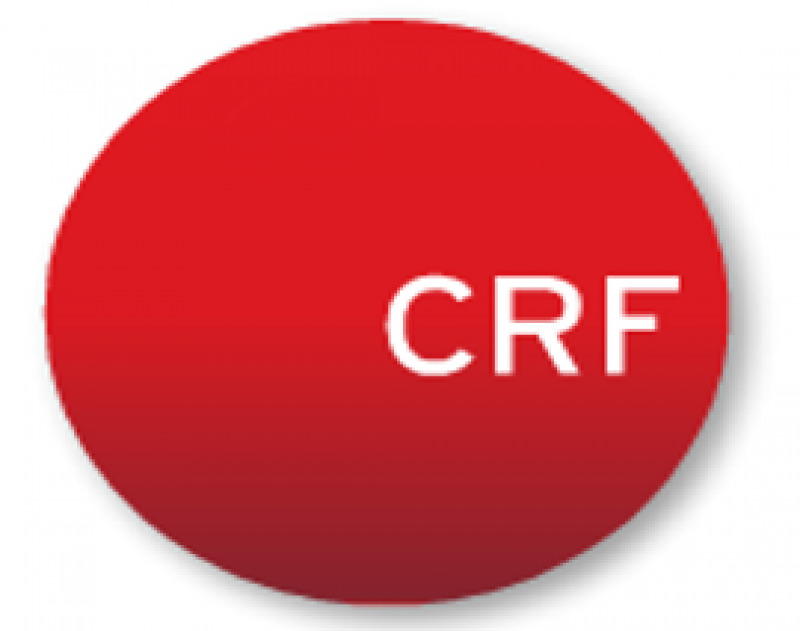 Abstract Biography |
|
| 11:00 | Giving robots and machines human-like skills to collaborate |
Meirav Segev-Hadad, CEO, Brillianetor Ltd. Giving robots and machines human-like skills to collaborate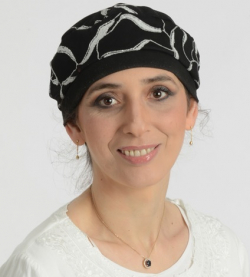
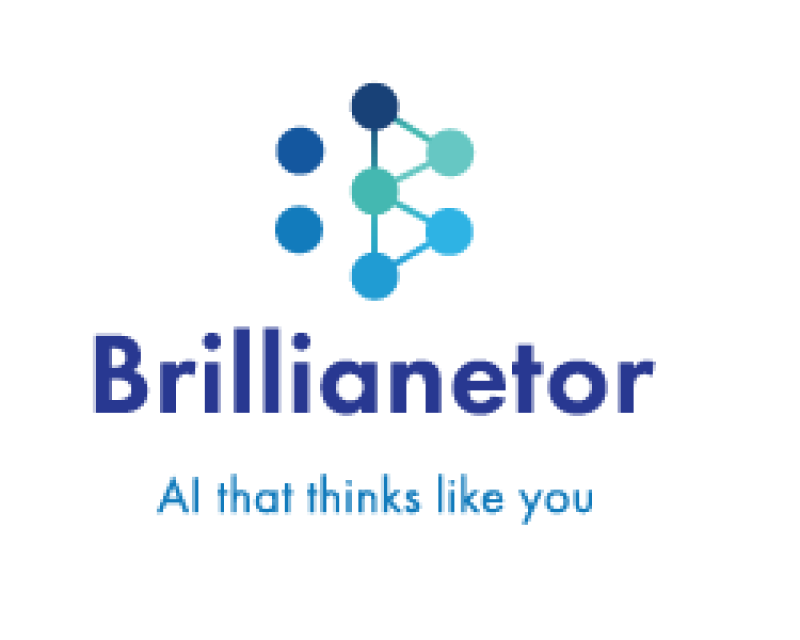 Abstract Biography |
|
| 11:30 | Next Generation Defect Inspection Computing Challenges Lior Yehieli, Applied Materials |